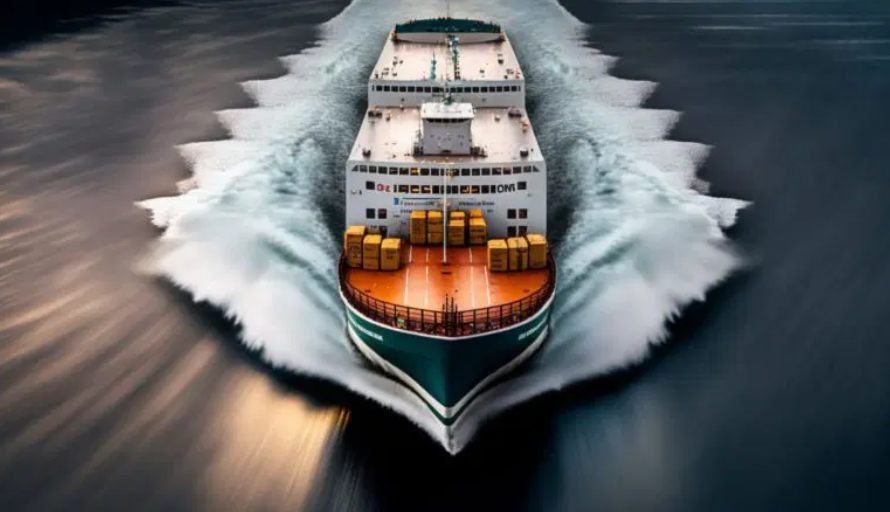How to Ensure Safe and Secure Boat Shipping
Shipping a boat, whether for relocation, sale, or participation in distant water events, requires meticulous planning and consideration for safety and security. The process can be complex, involving various factors such as size and type of the boat, distance, transportation method, legal requirements, and weather conditions. Here, we delve into key strategies to ensure that your boat reaches its destination safely and securely.
1. Choose the Right Transport Method
The first step in safe boat shipping is selecting the appropriate transport method. The two primary options are overland transportation, typically using trailers, and sea transportation on a larger vessel. The decision depends on the size of your boat, the shipping distance, and your budget. For large boats or long distances, sea transportation might be the only viable option.
Overland Transportation
- Suitable Trailer: Ensure the trailer is specifically designed for boat transportation and can handle your boat’s weight and dimensions.
- Professional Haulers: Consider hiring professional boat haulers who have experience and the right equipment.
Sea Transportation
- Reputable Carrier: Choose a well-known carrier with a good track record in boat shipping.
- Cradle System: Ensure your boat is secured in a custom cradle system for stability during the voyage.
2. Prepare Your Boat for Transport
Proper preparation is crucial to prevent damage during transit.
- Secure Loose Items: Remove or secure all loose items in and on the boat.
- Weatherproofing: Ensure the boat is weatherproofed and sealed against potential water damage.
- Documentation: Have all necessary documentation, such as ownership papers and a detailed condition report with photos.
3. Obtain the Necessary Permits and Insurance
- Transport Permits: Check for any required permits for boat and yacht transport, especially for overland routes.
- Insurance: Ensure that your boat is covered by insurance during transit. This may require a separate policy from your existing boat insurance.
4. Monitor Weather and Travel Conditions
- Weather Forecast: Stay informed about the weather forecast along the route, especially for sea transportation.
- Route Planning: For overland transportation, plan the route considering factors like road conditions, height restrictions, and safe stopping points.
5. Employ Security Measures
- Tracking Systems: Consider installing GPS tracking systems for real-time monitoring during the transport.
- Security Seals: Use security seals where possible, especially if the boat contains valuable equipment.
6. Conduct Thorough Inspections
- Pre-Transport Inspection: Conduct a detailed inspection before transport and document the boat’s condition.
- Post-Transport Inspection: Upon arrival, inspect the boat immediately for any signs of damage.
7. Consider Environmental Factors
- Eco-Friendly Practices: Use environmentally responsible practices, such as avoiding spillage of oils or fluids and using eco-friendly packaging materials.
8. Professional Assistance
- Hiring Professionals: Consider hiring a professional shipping coordinator or agent, especially for international transport, who can handle the logistics, documentation, and compliance with regulations.
Conclusion:
Safe and secure boat shipping is a comprehensive process that requires attention to detail, proper planning, and consideration of various factors. By choosing the right transport method, preparing your boat thoroughly, ensuring legal compliance, and taking proactive safety and security measures, you can significantly reduce the risks associated with boat shipping. Remember, investing time and effort in the planning stage can save you from potential headaches and financial losses down the line.





